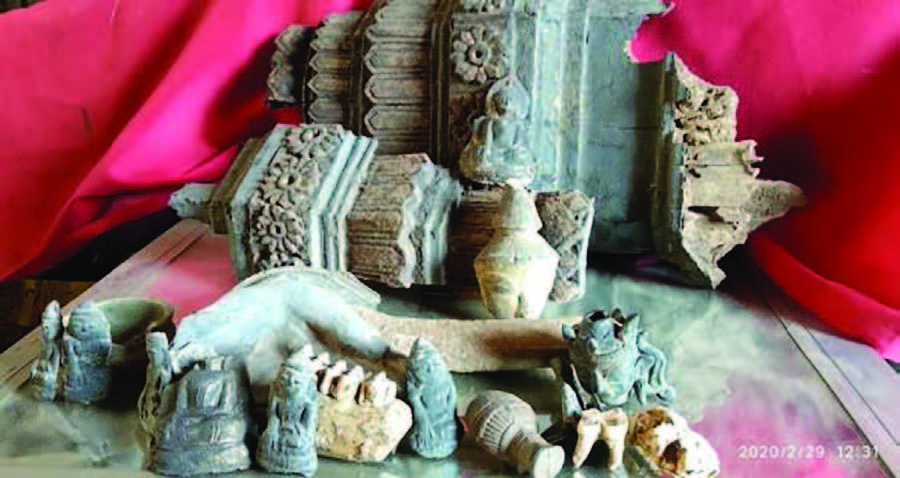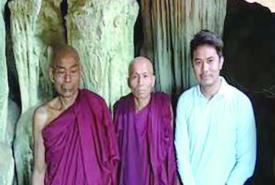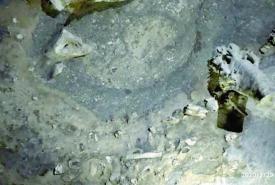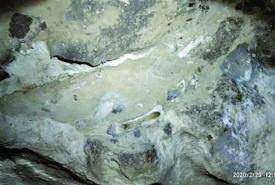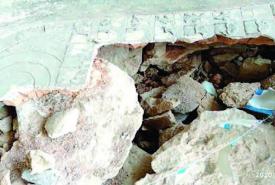When you mention Ywaghan, you can imagine a Danu tribe, a blue lake and mercury cave in your eye. Small Ywaghan town, reached first upon the plain, after covering many forested areas. Small villages in Ywaghan are totally different from those of other names of the Shan State. You get to a village of Hsinetchaung in Ywaghan town. On the way to seize Ayudaya town, there are a lot of resting places for elephants and horses after crossing mountain ranges. After overtaking Hsinetchaung, you get to a crossroad between Ye-Oo village and inner part of Ywaghan town.
Ye-Oo village is on the east side of Ywaghan town. When you continue to go to the northern side of Ye-Oo, you get to small villages of Inngyi,Dalabin, Kyaukpisak, and Linway. In connection with the names of these villages, a beautiful toddy-palm tree leads to the name of Htanpinhla village, according to the locals, finally resting with Dalapin village. In the same way, performers who dance to the satisfaction of soldiers and their village ,leading to the mane of
Thabinpyaw gradually becoming Tabinpyaw village. There are a lot of waterfalls and limestone caves in those villages;
there is especially Linway cave in Linway village whose mural paintings on the mountains look astonishingly beautiful. On the northern side of Ye-Oo, there are villages such as Kaset, Kapyin, Oatwinn, Kyuaknet, Htanminpaung and Sensor .In Kapyin village, successive kings have worshipped a four-sided Minzon Pagoda.
An old painting such as a lion belaipankite shrines can be seen. These shrines are believed to have mended bad lucks. Bricks need to build are called Oat-twinns; good lucks successively lead to the Kaset, thereby Kazet. In the same way, cooking place for soldiers becomes Htanminbaung village. These villages are situated on the east of Ywaghan town; a continuous-flowing Karani stream enters Zawgyi river where Pa-oh and Palaung ethnic nationals live. There are many old people in these villages; 99-year-old man is seen to slash and burn plantations and he himself weaves baskets.
From Hsinetchaung village along due north of Ywanghan main road, there are villages of Yebra-I and Meimaye. On the way to Yebra-I, old soldiers stationed Takon village near where white water flows and it remains tourist attractions. On the western part of Ywaghan main road, a beautifully planted plain where coffees can be seen as well as paddy fields looking towards the mountains, thus dubbing Switzerland of Myanmar. There are many villages such as Nyabingyi, Myogon, Tetan,, Myagalay, Inndaw and Legaing.
Through Myagalay and Inndaw village roads, it is very important for historical record that stone -age mural paintings lead to mercury caves. On mercury caves, evidences supporting mural paintings can be found. Stalactites in limestone are be have been built by human beings but mural paintings on the walls of mercury caves can be found, but the stone caves, there are many primate bones in Legaing village. Legaing village is situated beyond Myagalay village and stone age human beings were able to live in big caves in the mountain ranges. In 2019, a Sayadaw found radius and ulna together and femurs, molars, and bones in the ceilings on the surface of caves, thus limestone seemed to have formed and left bones on the cave ceilings.
There are old Buddhist images
In the same way, near the cave, stone age humans were able to live in big caves. Near the cave and among bricks, there are potsherds, historically printed lacquer boxes and miniature images of Buddha in a monastery away from lay habitat where the Sayadaws U Ottama and U Damadata kept them under lock and key. The estimation of scholars on these objects are believed to be millions of thousands of years Sayadaws, on the other hand, are responsible for keeping ancient objects safe, thus neglecting duties and responsibilities. Therefore, authorities concerned should take an action as possible as they can to keep them safe for the long –term purposes.
(Translated By Arakan Sein)
